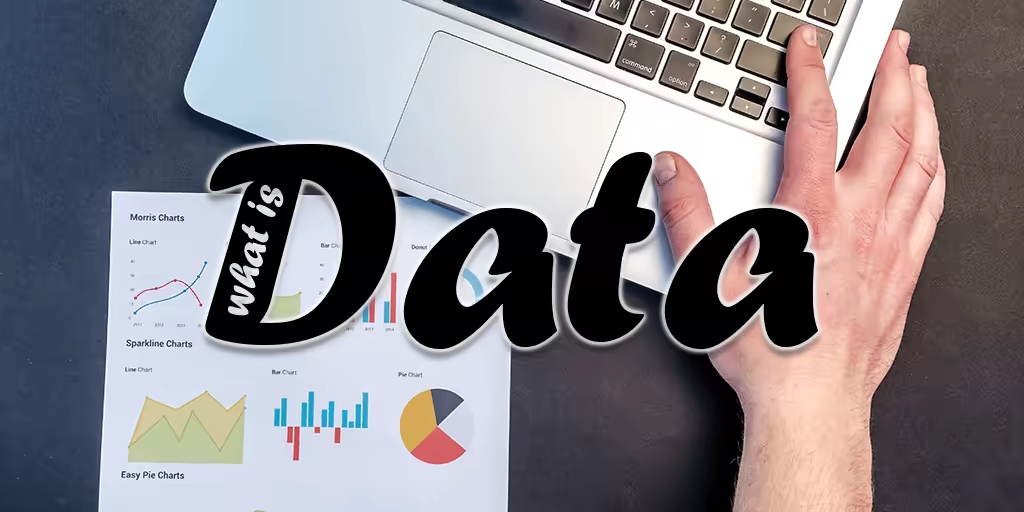In the digital era, data collection has become an indispensable aspect of strategic planning and decision-making for organizations across the globe. The ability to gather, analyze, and utilize data effectively can significantly impact an organization's success, driving innovation, enhancing customer experience, and improving operational efficiency. This article delves into the essence of data collection, offering a comprehensive guide to understanding and implementing effective strategies for harnessing information in the digital age.
Data Collection: The Backbone of Information-Driven Decisions
Data collection is the initial step in any analytical endeavor, providing the foundation for insightful analysis and informed decisions. It involves a variety of techniques, tools, and methodologies aimed at gathering information accurately and efficiently. However, data collection is more than just a technical exercise; it requires a strategic approach, including a clear understanding of objectives, meticulous planning, and ethical considerations.
Introduction to Data Collection
The journey into the realm of data begins with an acknowledgment of its critical role in today's world. In an era where information acts as both currency and catalyst, mastering the art of data collection is crucial for navigating the complexities of the digital age.
The Importance of Data in the Digital Age
The significance of collecting reliable, relevant data cannot be overstated in an age dominated by big data and analytics. Data is the fuel that powers decision-making engines across various sectors, transforming how businesses operate and compete. The value of data lies not only in its volume but in its quality and the insights it can provide.
Different Methods of Data Collection
There is a wide array of data collection methods available, ranging from traditional techniques such as surveys and interviews to advanced technologies like digital tracking and sensors. Each method has its advantages and is suitable for different research objectives and contexts. Selecting the appropriate method is crucial for ensuring the quality and usability of the collected data.
Expanding the Data Collection Toolkit
In addition to choosing the right data collection method, it's essential to consider the tools and technologies that can facilitate the process. Modern data collection tools can automate data gathering, enhance accuracy, and streamline analysis, enabling organizations to capture a broader range of data with greater ease. From sophisticated analytics platforms to IoT devices and mobile apps, the options for enhancing data collection efforts are vast and varied.
Ethical Considerations in Data Collection
As data collection techniques become more advanced, ethical considerations become increasingly important. Organizations must navigate the fine line between gathering valuable insights and respecting individual privacy rights. Developing a framework for ethical data collection that includes transparency, consent, and data protection is essential for maintaining trust and integrity in the data collection process.
The Future of Data Collection
Looking ahead, the future of data collection is likely to be shaped by technological advancements and evolving regulatory landscapes. Innovations in artificial intelligence, machine learning, and blockchain technology promise to revolutionize data collection methods, making them more efficient, secure, and insightful. As organizations adapt to these changes, staying informed about best practices and emerging trends will be crucial for leveraging data effectively.
Conclusion
This article has provided a foundational overview of data collection in the digital age, highlighting its significance, methodologies, and ethical considerations. While we have only begun to explore the vast landscape of data collection, this guide serves as a starting point for those seeking to harness the power of data. As the digital world continues to evolve, the ability to collect and analyze data will remain a critical skill for success, driving innovation and informed decision-making in an increasingly data-driven world.
By embracing the strategies and insights shared in this article, organizations can navigate the complexities of data collection, ensuring they are equipped to meet the challenges of the digital age head-on. Whether it's through enhancing customer experiences, improving operational efficiencies, or driving innovation, effective data collection is the key to unlocking the full potential of data for strategic advantage.



